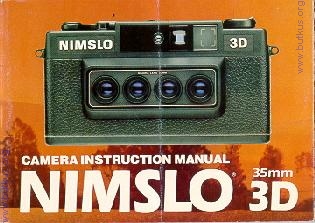nicolas claris
OPF Co-founder/Administrator
Though the metric system is the only system that should be used worldwide, some (as US citizens!) are reluctant and do continue to use pounds (for weight) system.
We do have more and more quotation to do for printing brochures and have to use both metric AND pounds.
Therefore I have found on the Internet an easy to use Converter
Now the question is, here in Europe when we speak about a specific paper, it weights, say 300 gsm (grams per square meter), why does this converter propose me as convertion:
Text: 300.0 gsm = 202.7027 lbs
Cover: 300.0 gsm = 110.7829 lbs
Index: 300.0 gsm = 165.7459 lbs
Vellum: 300.0 gsm = 136.9863 lbs
Tag: 300.0 gsm = 184.0491 lbs
What the hell are all of these and which one should I use ?
Thanks for making my brain clear and let me learn at least one thing today…
We do have more and more quotation to do for printing brochures and have to use both metric AND pounds.
Therefore I have found on the Internet an easy to use Converter
Now the question is, here in Europe when we speak about a specific paper, it weights, say 300 gsm (grams per square meter), why does this converter propose me as convertion:
Text: 300.0 gsm = 202.7027 lbs
Cover: 300.0 gsm = 110.7829 lbs
Index: 300.0 gsm = 165.7459 lbs
Vellum: 300.0 gsm = 136.9863 lbs
Tag: 300.0 gsm = 184.0491 lbs
What the hell are all of these and which one should I use ?
Thanks for making my brain clear and let me learn at least one thing today…

